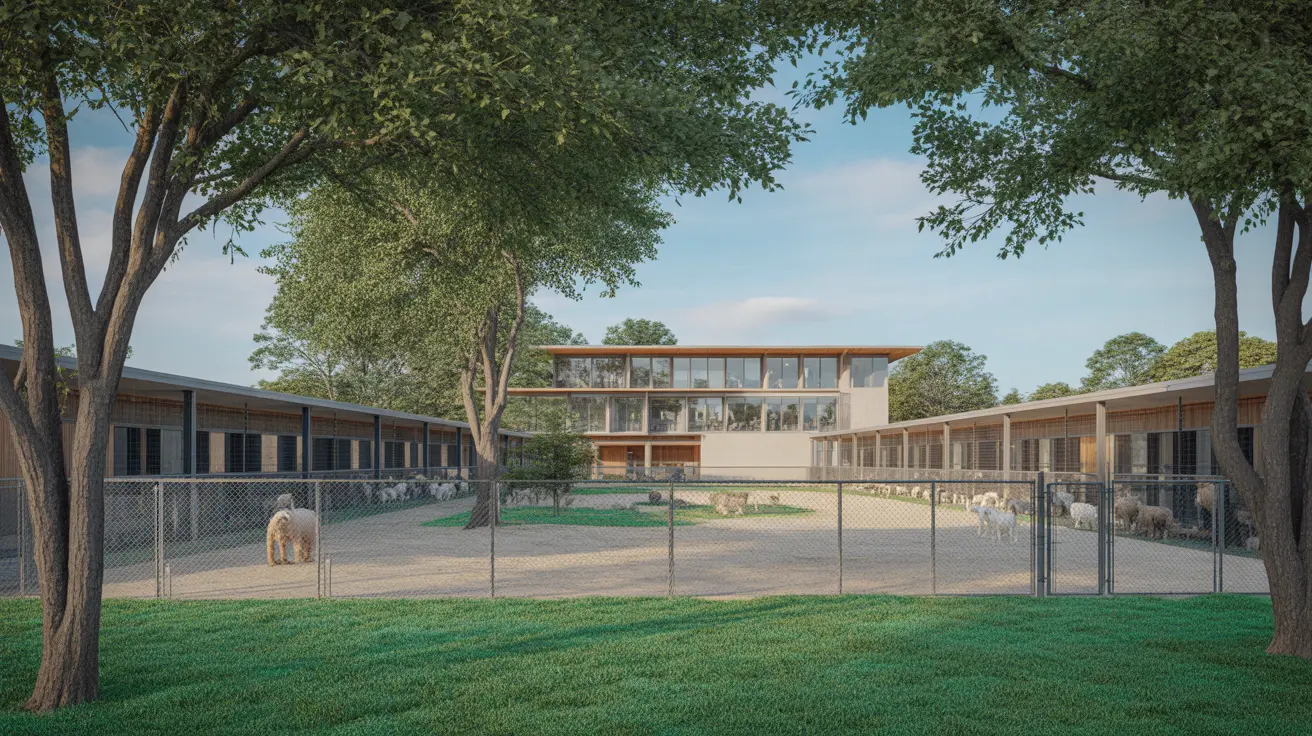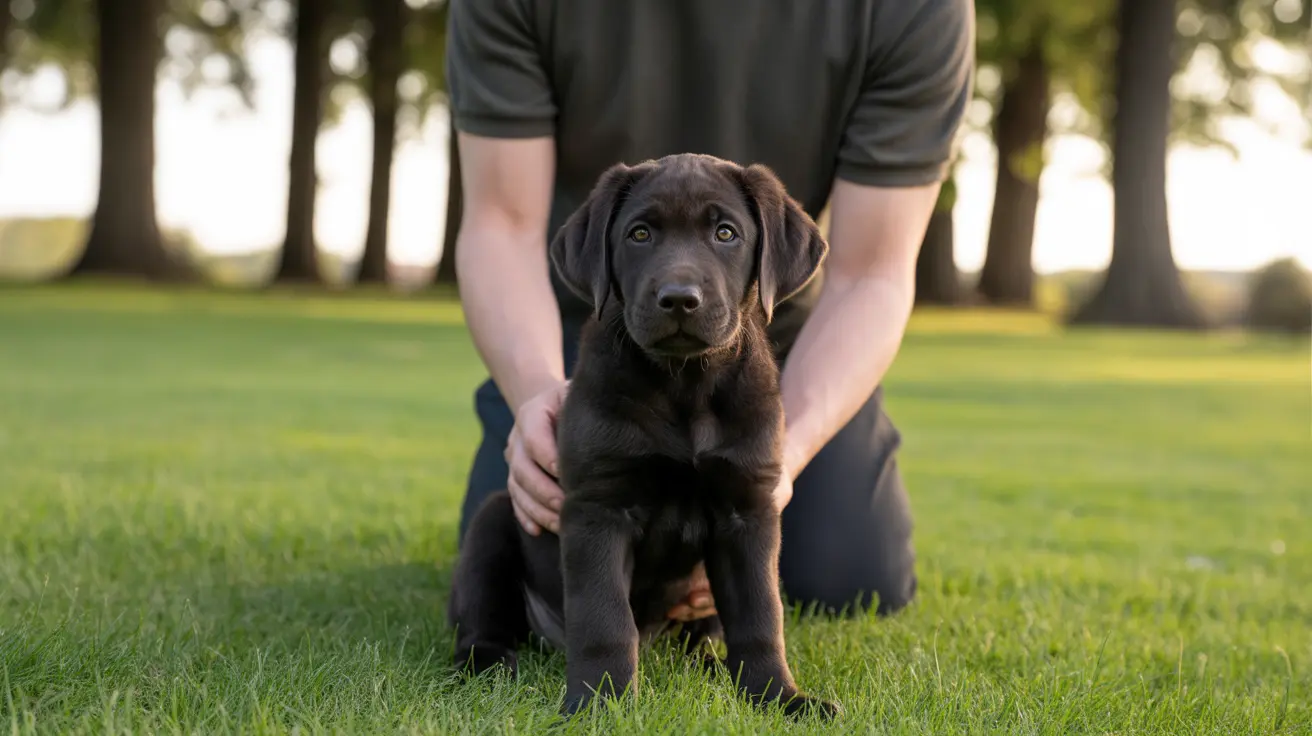Why Bedlington Terriers Are Groomed in a Unique Way
The Bedlington Terrier is easily recognized for its distinctive lamb-like appearance. This unusual look is not a coincidence but a result of careful, deliberate grooming designed to highlight the breed’s physical traits and practical heritage. But why exactly are Bedlington Terriers cut in such a specific way? To understand, we must consider both function and tradition.
Origins of the Grooming Style
The Bedlington Terrier's grooming pattern is deeply rooted in its history as a working dog. Originally bred in Bedlington, Northumberland, England, these terriers served to hunt vermin like rats, rabbits, and badgers. Their lean, flexible build and strong legs made them suitable for both burrowing and sprinting.
The traditional grooming enhances the breed’s natural physical structure, emphasizing their arched back, pear-shaped head, and curly, linty coat. These features helped them move quickly and slip into tight spaces when hunting.
Main Reasons for the Unique Grooming
- Accentuate Physical Characteristics: The shaped topknot and closely clipped face highlight the breed’s narrow skull and expressive eyes.
- Functional Benefits: Trimming the tail and underside prevents matting and debris accumulation during active outdoor use.
- Historical Consistency: Maintaining the same appearance preserves breed standards established in the 1800s.
- Low-Shedding Management: Their linty, non-shedding coat requires regular trimming to avoid tangles and mats.
Elements of the Bedlington Cut
The Bedlington cut has several signature features designed to mimic the look of a lamb while serving practical functions:
- Topknot: A fluffy tuft left on top of the head, rounded and blending into the muzzle.
- Shaved Ears with Tassels: The ears are trimmed close but left with small tassels at the tips, enhancing the lamb-like appearance.
- Slender Legs with Pompons: The legs are shaped to appear slim, with slight cushioning at the feet.
- Arched Back: The clip is styled to accentuate the natural arch in the spine, highlighting their Whippet-like build.
- Clean Underside and Tail: The belly and tail are closely clipped to prevent matting and maintain hygiene.
Grooming Frequency and Requirements
Grooming a Bedlington Terrier is more involved than caring for the average dog. Their unique coat texture—soft, curly, and crisp—requires regular maintenance.
- Brushing: 2–3 times per week to prevent tangles.
- Professional Grooming: Every 4–6 weeks to maintain the breed-specific cut.
- Ear Cleaning & Nail Trimming: Routine care to prevent infections and injury.
- Dental Hygiene: Regular brushing to support overall health.
Suitability and Temperament
Although they may look dainty, Bedlington Terriers are robust, energetic dogs capable of rigorous activity. Their grooming may convey elegance, but beneath that tidy appearance is a driven, high-prey-drive terrier capable of relentless pursuit.
They're affectionate and bond closely with family members but may be strong-willed and assertive with unknown dogs. Early socialization helps harness their independent streak.
Historical Significance
Known in the past as Rothbury Terriers or gypsy dogs, Bedlingtons were favored by poachers and miners. Their appearance evolved along with their purpose—from functional hunting partners to show-ring contenders with a striking silhouette. The first breed club formed in 1875, and the breed's iconic grooming became standardized in the late 19th century.
Conclusion
The peculiar grooming style of the Bedlington Terrier isn’t just about aesthetics—it’s a tribute to the breed’s working legacy and an essential aspect of proper care. These cuts help maintain hygiene, highlight the breed's structure, and honor a storied heritage. For pet owners, understanding the purpose behind this grooming choice deepens appreciation for the breed and ensures better care for these lovable, lamb-like companions.





